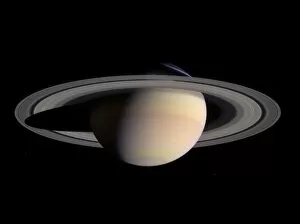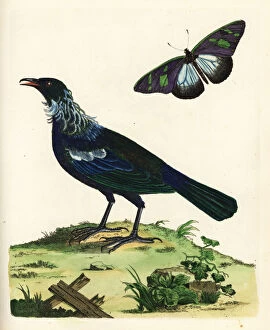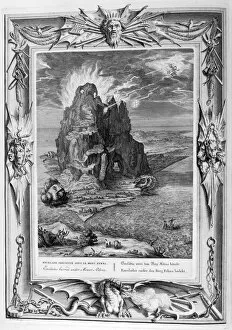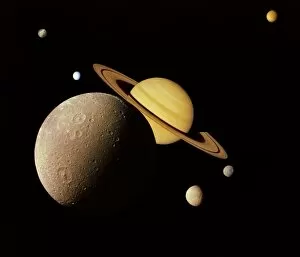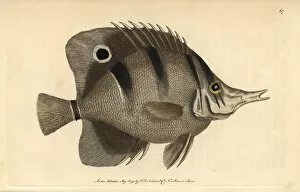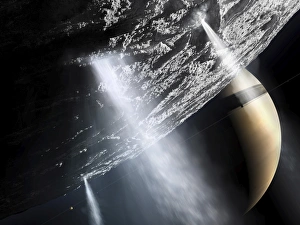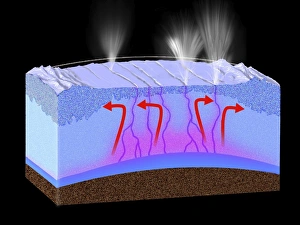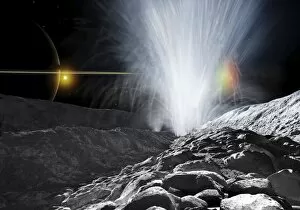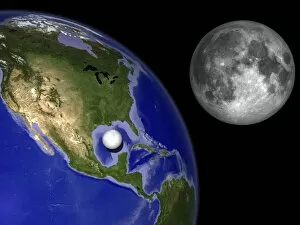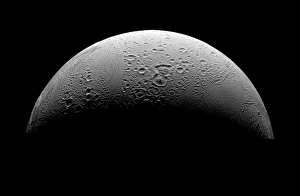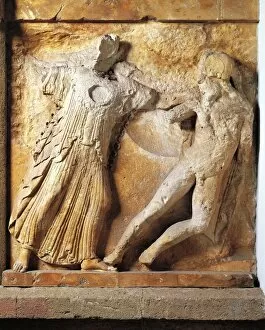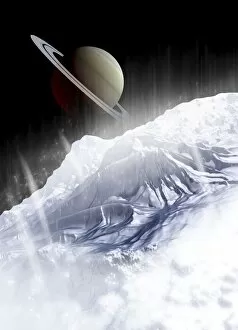Enceladus Collection
Enceladus, one of Saturn's intriguing moons, has captivated scientists and artists alike with its mysterious nature. The Short SC. 5 Belfast C
All Professionally Made to Order for Quick Shipping
Enceladus, one of Saturn's intriguing moons, has captivated scientists and artists alike with its mysterious nature. The Short SC. 5 Belfast C. 1 XR371 Enceladus, a British aircraft named after this celestial body, takes us on a journey through the wonders of space. But Enceladus is not just an astronomical phenomenon; it also shares its name with various earthly creatures like Tui birds (Prosthemadera novaeseelandiae) and butterflies. This connection between distant worlds reminds us of the interconnectedness of life in the universe. Throughout history, artists have imagined what lies beneath Mount Etna on Earth as if it were Enceladus buried underneath. Michel de Marolles and Bernard Picart created stunning illustrations depicting this concept centuries apart, showcasing humanity's enduring fascination with hidden realms. The discovery of organic compounds on Enceladus sparks excitement among scientists as they find ingredients for amino acids—the building blocks of life itself, and is a testament to the potential for extraterrestrial life beyond our planet. Scientists believe that water interacts with rock at the bottom of Enceladus' ocean, creating a unique environment that could harbor unknown forms of life. A regional cross-section illustration gives us a glimpse into this icy shell beneath its surface. Intriguingly, possible hydrothermal activity within Enceladus adds another layer to its enigmatic nature. Cassini spacecraft data suggests that these hydrothermal vents might exist deep within its oceans—similar to those found on Earth—raising questions about habitability and potential ecosystems thriving in such extreme conditions. Furthermore, methane detected in the plume emanating from Enceladus presents yet another puzzle waiting to be solved by scientists worldwide. Its origins remain uncertain but hold promise for further exploration and understanding of this fascinating moon's composition.

